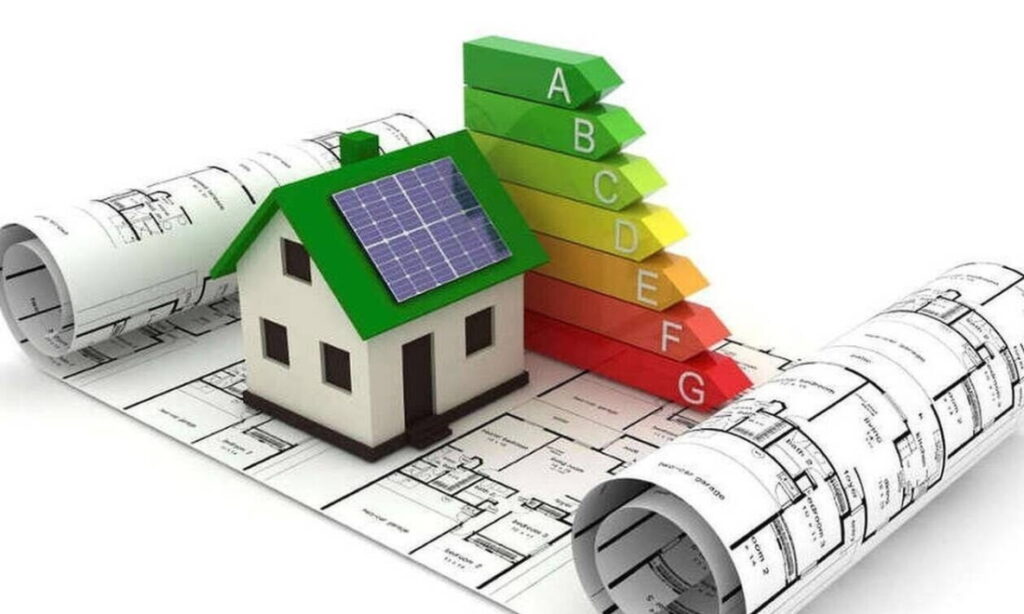
The Economize-Autonomo programme is entering the final stretch, which will officially start on 30 November 2020, according to the following application schedule per Region announced by the Ministry of Environment and Energy :
Opening of applications for the Economy-Autonomo programme
Region of Crete, B. Aegean, South Aegean: 30.11.2020
Region of Eastern Macedonia and Thrace: 02.12.2020
Region of Western Macedonia: 04.12.2020
Region of Central Macedonia: 07.12.2020
Region of Thessaly: 09.12.2020
Region of Epirus, Ionian Islands: 11.12.2020
Region of Attica: 14.12.2020
Region of Central Greece, Peloponnese: 16.12.2020
Region of Western Greece: 18.12.2020
Apartment buildings: 11.01.2021
The Ministry of Environment and Energy posted today on its website the key points of the Program Guide, in view of the issuance of the Joint Ministerial Decision for the announcement of the EXOIKONOMO-AFTONOMO that will be issued in the next period.
The aim is to give sufficient time not only to the citizens concerned, but also to all those involved, to prepare the necessary documents for the submission of their application according to the timetable mentioned above, to familiarize themselves with the changes that occur in relation to the previous Savings at Home .
It is recalled that Execonomy-Autonomo will have a budget of 850 million euros and will remain "open" until the available resources per region are exhausted.
The programme's budget includes grant resources of € 803 million. (broken down by region) and resources from the existing Fund of the Energy Saving at Home II program for the servicing of loans.
Grant Budget (€ million)
Region of Crete: 31.0
Region B. Aegean: 12.0
Region of South Aegean: 27.0
Region of Eastern Macedonia and Thrace:74.0
Region of Western Macedonia: 73.5
Region of Central Macedonia: 130.0
Region of Thessaly: 84.0
Region of Epirus :65.0
Ionian Islands Region: 10.0
Attica Region: 160.0
Region of Central Greece: 31.5
Peloponnese Region: 48.0
Region of Western Greece: 57.0
According to the statements made by the Minister of Environment and Energy Kostis Hatzidakis, the main differences with the old "Saving at Home" type programs are:
- Much higher funding of 850 million. euro (all programmes that ran from 2011 onwards had a total budget of €1.3 billion)
- A much higher subsidy rate of up to 85% (95% in lignite regions – just transition clause), and linked for the first time to the estimated annual primary energy savings
- The parameter of energy autonomy, with the installation of "smart" systems and interventions for energy production and storage.
Execonomy-It will be followed by even bigger ones energy saving programs from next year onwards. This means that those who are not part of the current programme will have the opportunity to participate in the next cycles together with other interested parties, with new applications. It is indicative that only the resources estimated to come from the Recovery Fund for energy saving programs up to 2023 will amount to 3 billion euros! And to this amount should be added funds from the new NSRF 2021-2027 that will ensure that in the coming years we will make a real leap in energy saving, a green policy with significant benefits for households, businesses and the construction industry"
It is worth noting that, according to the latest available data, the energy consumption related to buildings in Greece corresponds to 42% of the total final energy consumption in Greece, while residential buildings are one of the most important energy consumers in the country as they represent the largest part of the building stock (79.1%). 83.82% of buildings constructed before the year 1980 have very low energy efficiency (class H buildings), with the most energy-intensive residential buildings being detached houses.
Regarding the energy class of houses, the largest percentage (66.83%) is classified in categories E-H, 26.81% in categories C-D and only 6.36% in categories A-B. It is therefore clear that there is huge scope for improving the energy efficiency of the building stock in our country. In this context, Execonomo-Autonomo (and the programmes that will follow in the coming years) is a key tool for achieving the National Energy and Climate Plan (NECP) target of upgrading at least 60,000 homes per year for the next decade.




